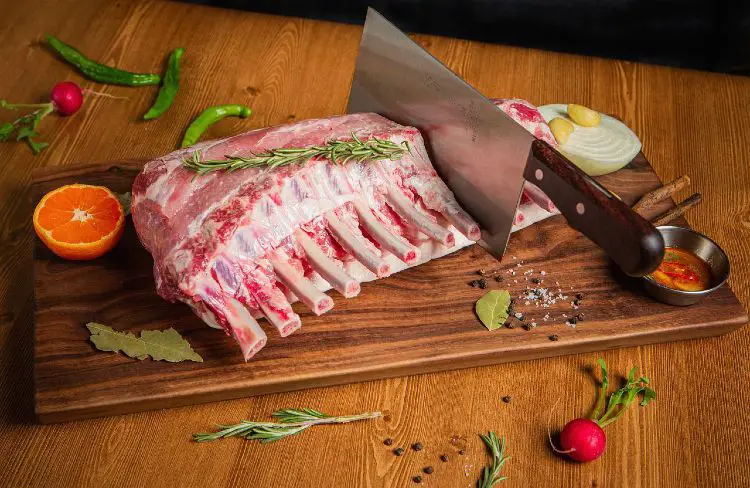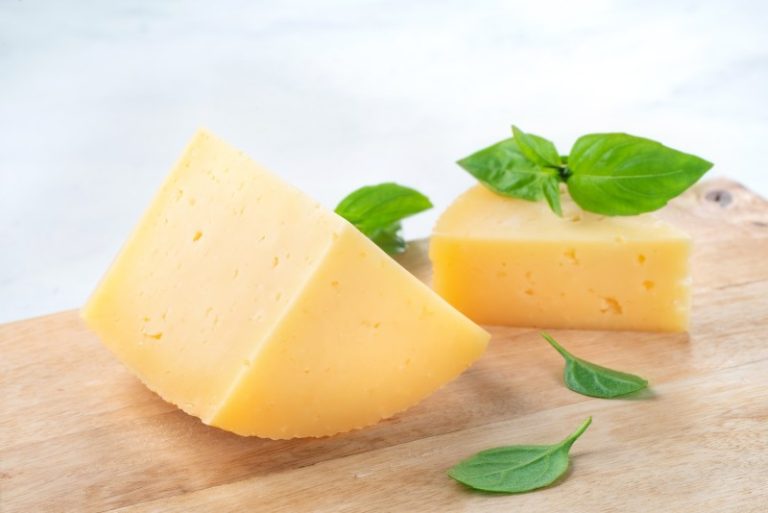“The Scented Kitchen” by Frances Bissell
“This book is not about identifying and eating as many different flowers as possible or adding as many differently coloured petals as possible to a salad. It is primarily about using the flower’s scent as a flavouring component, as one might use a herb or a spice.”
There are many cookbooks that include edible flower recipes as part of a wider repertoire, but “The Scented Kitchen” by Frances Bissell {expanded edition published by Serif Books in London} is an altogether more comprehensive and illuminating study of the subject.
Award winning cook, writer and television presenter Frances Bissell was the Times’ food writer for thirteen years and is a prolific cookbook author. She approaches all of her work with scholarly focus and a contagious enthusiasm for her subject: she hooks you in, like a bestselling novelist unravelling a plot.
If you have a garden or allotment and are able to grow edible flowers, this is the book for you ~ there is so much more you could be doing with flowers in the kitchen than you ever dreamed possible. Thankfully the book has no glossy photography or illustrations, just great, uninterrupted, undistracted intelligent writing.
The journey begins with a brief history of the scented kitchen, from De re coquinaria in Roman times, across centuries and cultures, right through to modern day patissier Pierre Herme’s macaron towers. The fragrance and taste of flowers have enriched dishes and delighted cooks and diners across the world for millennia, from liqueurs to cordials, jellies, vinegars, syrups, petal wine, champagnes, fritters and, of course, salads.
The author takes us through a number of techniques and blueprint recipes to capture and preserve a flower’s scent and flavour. Here is a world of discovery: you can make flower butters, custards, sugars, vodkas, crystallised decorations, batters, confetti, pasta and oils. But the best is left to last: flower cocktails, like elderflower Martinis and Rose scented Mojitos {Rosa Cubana}.
If you can grow, forage or buy carnations, lavender, marigolds, nasturtiums, roses, violets and elderflower and hawthorn blossom, then the recipe chapters that follow take you from savoury to sweet, from starter to pudding and from larder store to alfresco dining, all using flowers as infusions, marinades, flavourings and, of course, not forgetting the jewel colours that make cooking with flowers so beautiful and joyful. You can create a botanical celebration with very little money and time.
On my list of recipes to try are borage and spring onion frittata, duck with lavender, honey and cider, chicken quilted with nasturtiums and chives, elderflower hollandaise, rose and coconut macaroons, winter jam and violet Turkish delight.
Flowers grow in the wildest of places if you stop and look at hedgerow and field grown gifts: from lawn camomile to dandelions, wild garlic, clover, cowslips and primroses ~ all free, colourful and scented ingredients for teas, cakes, puddings, creams and yoghurts.
My least favourite flower of all, the day lily, can apparently be fried like okra.
It is worth keeping a lookout for the Serif Books website and Facebook page ~ there will be a sequel to this book and there are many interesting titles in its stable. You can also follow them on Twitter @SerifBooks.



